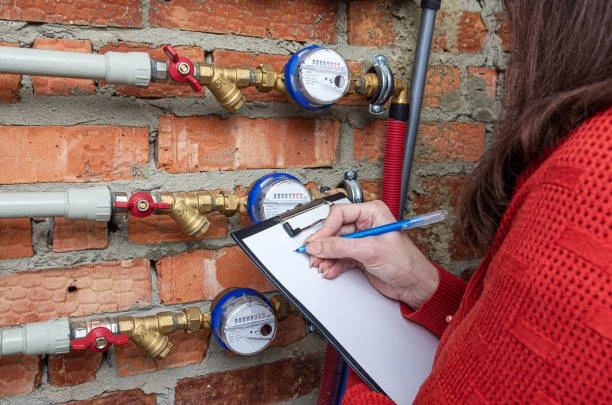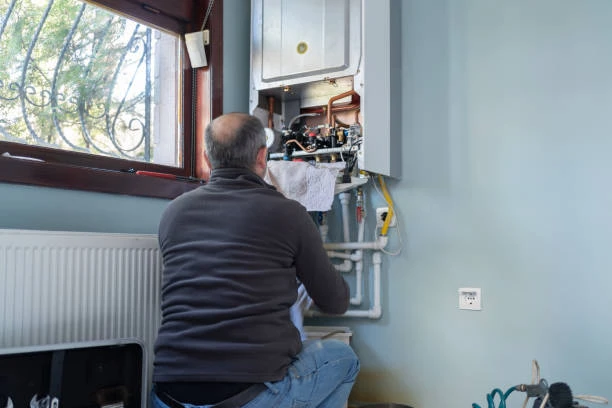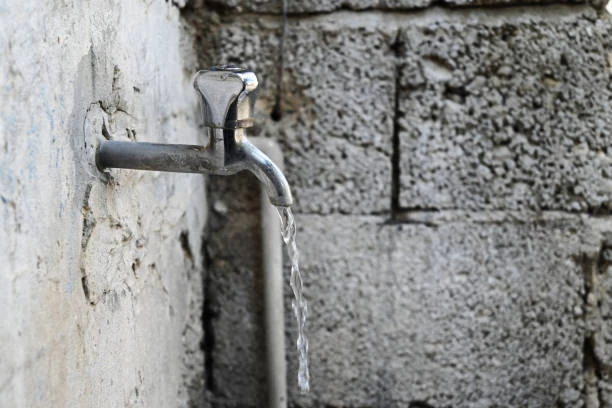
Introduction: Overview of Copper Faucet Installation on Kitchen Countertops
Installing a copper faucet, such as a bibcock tap, on kitchen countertops combines both functionality and style. Copper faucets are valued for their durability, corrosion resistance, and timeless appearance, making them ideal for busy kitchen environments. However, proper installation is essential to ensure the faucet works efficiently and remains leak-free over time. This article shares practical tips on installing copper faucets on kitchen countertops, covering everything from valve basics and common uses to purchasing advice and installation best practices. Whether you are a homeowner or a professional plumber, this guide will help you achieve a reliable and aesthetically pleasing kitchen setup.
Frequently Asked Questions (FAQ)
1. What is a bibcock tap and where is it commonly used?
A bibcock tap is a valve that controls water flow, typically installed in kitchens, gardens, or utility areas. It usually features a threaded outlet for hose attachments.
2. Can a copper faucet be installed on any type of kitchen countertop?
Yes, but the countertop must be sturdy enough to support the faucet. Proper sealing and correct hole sizing are crucial for installation.
3. How do I ensure there are no leaks after installing a copper bibcock tap?
Apply PTFE tape on threaded joints and tighten fittings appropriately without over-tightening to avoid damage.
4. Is copper better than other materials for kitchen faucets?
Copper offers superior corrosion resistance and thermal stability, making it an excellent choice compared to plastic or zinc alloy taps.
5. What maintenance does a copper faucet require?
Regular cleaning and checking for leaks or corrosion are recommended every six months to maintain optimal performance.
Basic Definition and Characteristics of Bibcock Taps
A bibcock tap is a type of valve designed to regulate the flow of water. It is characterised by a simple on/off operation, often controlled by a lever or round handle. When made from copper, the bibcock tap gains several advantages:
Corrosion Resistance: Copper resists rust and mineral deposits, making it suitable for water applications.
Durability: It withstands physical impact and prolonged water exposure better than many other materials.
Heat Tolerance: Copper tolerates hot water without degrading, ideal for kitchen use.
Ease of Use: Simple design ensures straightforward operation and maintenance.
Aesthetic Appeal: Copper provides a warm, elegant finish that complements various kitchen styles.
The size of the tap, commonly 1/2 inch or 3/4 inch for residential use, relates to the diameter of the threaded inlet or outlet.
Common Uses and Application Industries
Copper bibcock taps serve numerous functions across different environments:
Kitchen Countertops: For sinks, water filtration systems, or hose connections.
Gardens and Outdoor Areas: Used to connect hoses or irrigation systems.
Laundry Rooms: Utility sinks often use bibcock taps for convenient water access.
Commercial Kitchens: Their robustness suits high-frequency use in restaurants and catering services.
Industrial Applications: Water control in processing or cleaning stations.
Because of copper’s antimicrobial properties and longevity, these taps suit both domestic and professional environments.
Selection Guide: What to Look for When Choosing a Copper Bibcock Tap
Choosing the right copper bibcock tap for your kitchen involves careful consideration of several factors:
Material Quality
Select faucets made from high-grade copper or copper alloys to ensure durability and resistance to corrosion.
Finish and Colour
Copper taps come in polished, brushed, or antique finishes. Choose a finish that complements your kitchen décor and withstands frequent cleaning.
Certification and Standards
Ensure the tap meets international plumbing standards such as ISO 21003, ASTM F1974, or DIN 16836 for safety and reliability.
Valve Mechanism
Opt for taps with ceramic disc valves rather than older rubber washers to reduce the chance of leaks and improve longevity.
Thread Compatibility and Size
Confirm the bibcock tap threads match your existing plumbing system, typically BSP or G threads at sizes 1/2 inch or 3/4 inch.
Additional Features
Consider taps with easy-to-operate handles or anti-splash spouts for added convenience in busy kitchens.
Installation Considerations for Copper Faucets on Kitchen Countertops
Correct installation guarantees a functional and leak-proof kitchen faucet. Here are important steps and tips:
1. Preparation
Gather tools such as adjustable wrenches, PTFE tape, pipe cutters, and cleaning materials. Ensure the countertop hole matches the faucet base diameter.
2. Shut Off Water Supply
Always turn off the water supply before beginning to avoid accidental leaks or flooding.
3. Clean Threads and Pipes
Remove any debris or old sealing tape from the pipe threads. Clean threads help ensure a tight seal.
4. Apply PTFE Tape
Wrap PTFE tape clockwise around the male threads to prevent leaks. Avoid excessive wrapping, which can interfere with fitting.
5. Attach the Faucet
Hand-tighten the copper bibcock tap to the pipe, then use a wrench to secure it firmly. Do not over-tighten as this may damage threads or the faucet body.
6. Check Alignment and Sealing
Ensure the tap handle is accessible and the spout is positioned correctly over the sink or countertop area.
7. Turn On Water and Test
Slowly open the water supply and inspect all connections for leaks. If any appear, tighten the fittings slightly or reapply PTFE tape.
8. Final Adjustments
Operate the tap several times to check smoothness and adjust if necessary.
Proper installation ensures longevity and avoids costly repairs.
Comparison: Copper Bibcock Tap vs Other Materials
Below is a comparison table highlighting how copper bibcock taps perform against common alternatives:
| Feature | Copper Bibcock Tap | Plastic Bibcock Tap | Stainless Steel Tap | Zinc Alloy Bibcock Tap |
|---|---|---|---|---|
| Corrosion Resistance | Excellent | Moderate (can crack or degrade) | Excellent | Moderate |
| Durability | High | Low | High | Medium |
| Heat Resistance | Very good | Poor | Excellent | Moderate |
| Aesthetic Appeal | Classic, warm finish | Limited options | Polished metal look | Often plated or painted |
| Maintenance | Low | Moderate | Low | Moderate |
| Lifespan | 15–20 years | 3–5 years | 10–15 years | 5–8 years |
| Price | Moderate | Low | High | Low |
| Environmental Impact | Recyclable, eco-friendly | Less eco-friendly | Recyclable | Moderate |
Copper bibcock taps balance durability, style, and performance, making them the best option for kitchen countertops.
Conclusion: Why Choose Copper Bibcock Taps for Kitchen Countertops
Copper bibcock taps offer excellent corrosion resistance, durability, and aesthetic appeal, perfectly suited for kitchen countertops. With proper selection and careful installation following the tips above, these faucets provide reliable and long-lasting water control. Copper’s natural properties and compliance with international standards ensure your kitchen remains functional and stylish for years. Whether upgrading an existing setup or planning a new installation, copper bibcock taps represent a smart, sustainable choice.
Contact IFNS for Catalogs and Samples
Need technical documents, catalogs, or sample products? Reach out to IFNS today.
For more information,pls visit our webside https://ifns.su/
Whatsapp: +86 15088288323
Our team responds quickly and provides professional support for all your pipeline needs.
IFNS International Standard
IFNS piping systems comply with a wide range of international standards to ensure high quality and performance. These include:
ASTM F1974 and ASTM F1281 for multilayer piping systems
CSA B137 for Canadian plumbing applications
DIN 16836 for German technical specifications
GB18997 for Chinese standards
ISO 21003, which covers multilayer piping systems used for hot and cold water installations
This broad certification scope highlights IFNS’s commitment to global compliance and product reliability.









